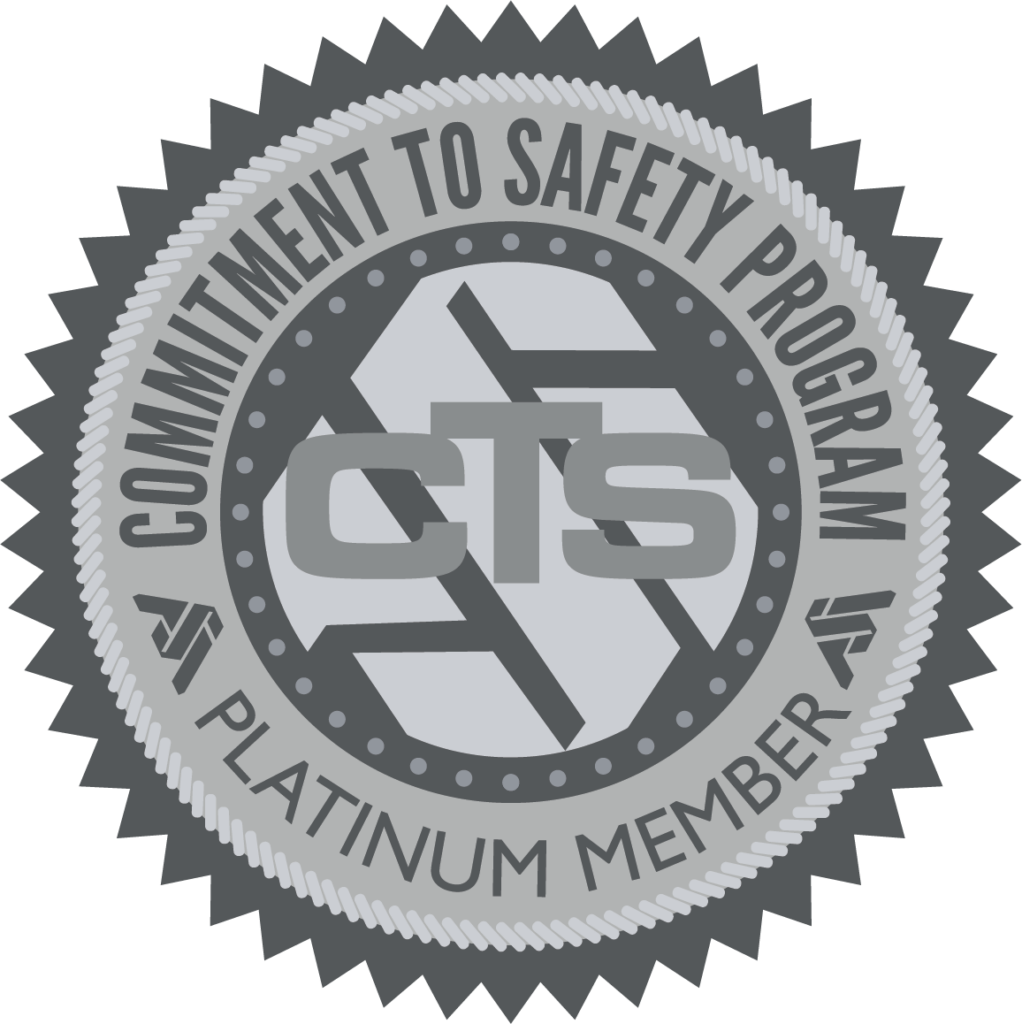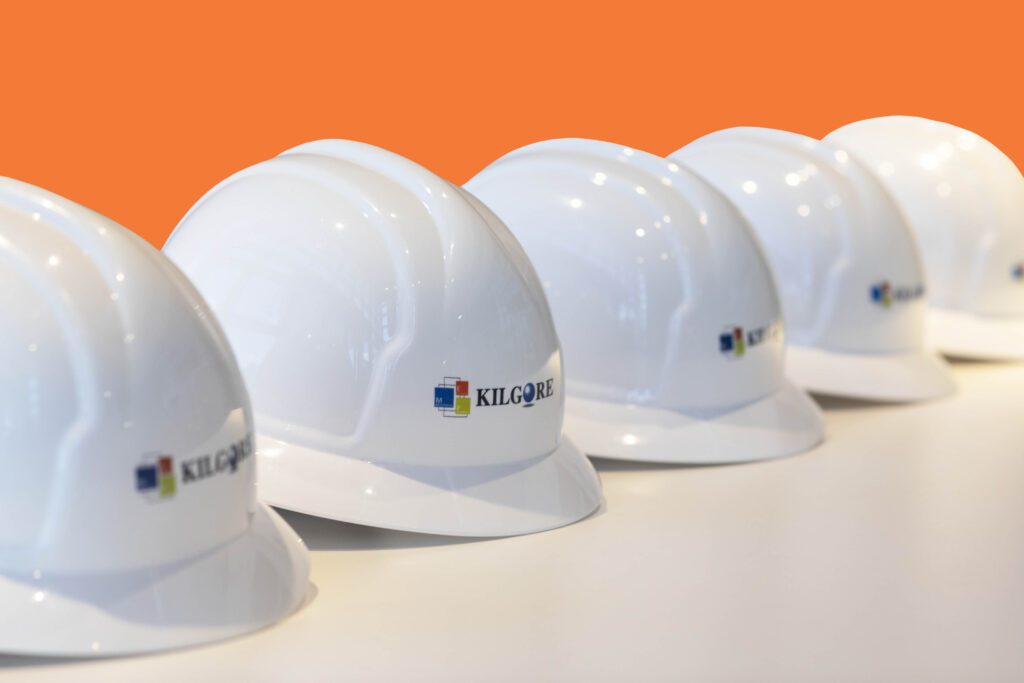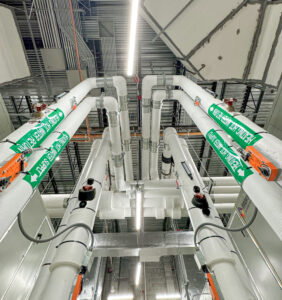Safety is the critical foundation that supports every aspect of construction operations. It serves as more than just a set of rules; it is a guiding framework that protects workers from hazards, prevents injuries, and saves lives. From a business perspective, safety is the cornerstone of operational success, providing the stability needed to manage the complexities of multi-oriented tasks and diverse teams effectively.
By embedding a safety culture into every process, organizations can cultivate an environment where efficiency thrives. A well-established safety program not only reduces the likelihood of incidents but also boosts productivity.
Safety measures ensure that equipment is used correctly, and deadlines are met safely without unnecessary setbacks. Ultimately, safety is the essential ingredient that drives both individual well-being and collective success.
A National Perspective on Safety Metrics
According to the U.S. Bureau of Labor Statistics, there has been an overall decline in injuries and illnesses across all industries, highlighting progress in workplace safety. However, the noticeable dip in 2020—likely a result of reduced activity during the pandemic—was followed by a sharp rise in 2022, signaling the ongoing need for vigilance and continuous improvement in safety practices.

The story around fatalities is even more concerning. While there are fluctuations over the years, the overall increase in fatalities is a critical issue, particularly the sharp rise after 2020. This spike can likely be attributed to the return of full-scale industrial activities post-pandemic, exposing gaps in safety protocols. Additionally, the influx of new workers into industries, many of whom lacked experience in technical fields, created challenges. With a shortage of skilled labor post-pandemic, untrained individuals stepped into roles without adequate preparation, increasing risks on job sites.

Construction Industry: Injuries and Fatalities
Let’s take a closer look at the data on injuries and fatalities in the construction industry, which underscore the critical importance of prioritizing safety. In 2022, the private construction sector reported 174,100 total recordable cases (TRC) of nonfatal injuries and illnesses, according to the Bureau of Labor Statistics.
The Fatality data recorded 1,069 fatalities, highlighting critical safety concerns. Falls, slips, and trips were the primary cause, representing 38.4% of these incidents, often involving falls from heights such as roofs, ladders, and scaffolding. The second most common cause, accounting for 20% of deaths, was contact with objects or equipment, including being struck by falling materials, caught in machinery, or crushed by structural collapses. Transportation-related incidents, such as vehicle collisions and rollovers, made up 16% of fatalities, while 15% were due to exposure to harmful substances or environments like toxic chemicals, electrocution, or extreme temperatures.
The data highlights an urgent need to prioritize safety across the board. For the construction industry, this means focusing on comprehensive training, strict adherence to safety protocols, and utilizing modern technology to proactively manage and reduce risks. It’s also critical to address the challenges of onboarding inexperienced workers by providing robust training and oversight to help them adapt to technical roles safely.
Sharing Knowledge for a Safer Industry
At Kilgore, the effectiveness of our safety program is measured through a multi-faceted approach that ensures both real-time feedback and long-term assessment.
One of our core strategies is holding weekly safety council meetings designed to discuss on-site safety challenges, review recent incidents, and proactively address concerns raised by all team members. This internal medium has proven invaluable in identifying risks early and implementing solutions before they escalate.
Safety Training - A Foundation for Growth
Our safety program is measured through a multi-faceted approach that ensures both real-time feedback and long-term assessment. At the heart of this initiative lies comprehensive training, which forms the foundation of a strong safety culture. These programs provide workers with practical knowledge, real-life scenarios, and the tools needed to perform their tasks safely and confidently. From OSHA 30 certification to fall protection training, we empower our employees to make informed decisions that safeguard their well-being and the safety of those around them on the job site.
Weekly Safety Meetings & Data-Driven Safety Insights
One of our core strategies is holding weekly safety council meetings designed to discuss on-site safety challenges, review recent incidents, and proactively address concerns raised by team members. This internal medium has proven invaluable in identifying risks early and implementing solutions before they escalate. Additionally, we track a 12-month trend of key metrics, such as property loss, injury occurrences, and vehicle accidents. This helps us gauge not only the current safety climate but also predict potential hazards by recognizing recurring patterns. We are also diligent in tracking leading indicators, like the frequency and quality of toolbox talks, which reflect our commitment to proactive safety education.
In recent years, we’ve focused on minimizing recovery duration. By streamlining our response to incidents, we reduce downtime, ensure swift recovery for injured employees, and return to normal operations more efficiently. This approach reflects our broader goal of maintaining high productivity without compromising safety. Our safety management system is subject to regular internal reviews. This continuous improvement process allows us to adapt our program based on emerging risks, industry best practices, and feedback from employees.
Collaborating for Industry-Wide Safety
Kilgore is committed to safety not only within our own operations but also through active participation in construction associations that prioritize and promote a strong safety agenda.
Organizations like the American Subcontractors Association-Houston Chapter (ASA) play a pivotal role by holding members accountable while offering valuable safety insights that translate directly to the field.
Regular training and project safety audits conducted by association members complement OSHA audits by helping us stay vigilant and proactively identify potential risks before they escalate. While OSHA audits are essential for compliance, the audits conducted by associations serve as a preparatory step, fostering a proactive approach to safety and reinforcing best practices across our projects.
These audits emphasize learning and improvement, encouraging a proactive approach to job site safety. Moreover, these associations provide comprehensive training programs that empower our workforce with the knowledge and skills needed to maintain the highest safety standards.
We believe that by sharing these practices, insights, and successes, we can contribute to a construction industry where safety is the cornerstone of every project. Together, we can build not only structures but a culture of care and responsibility that benefits everyone.








